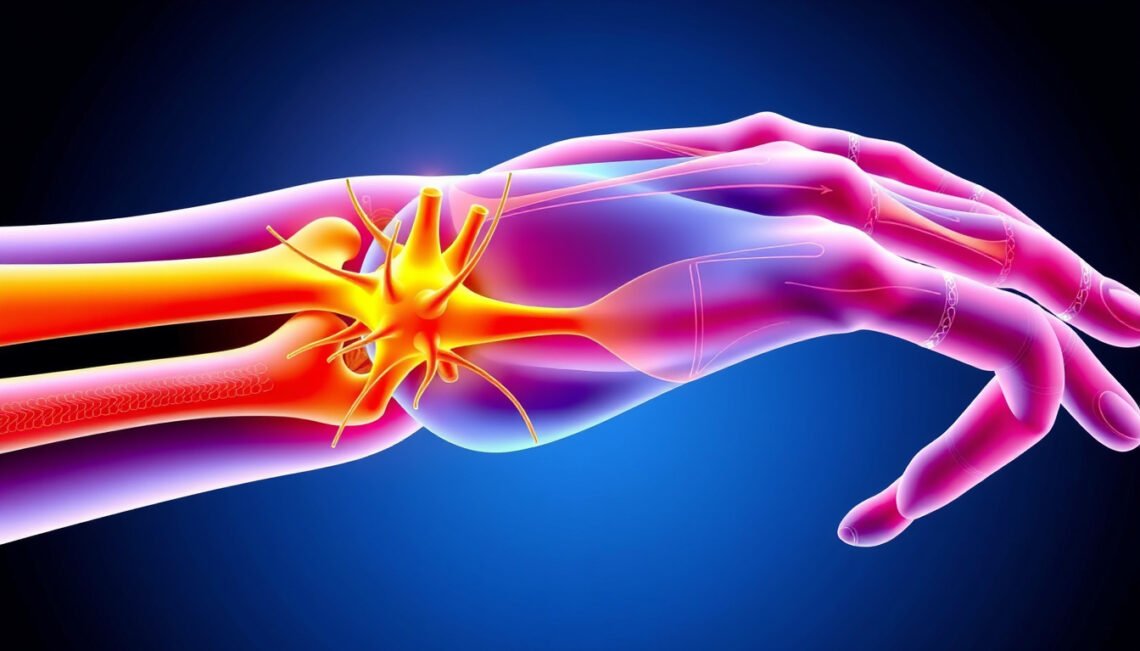Nerve entrapment is a common condition that occurs when a nerve is compressed or irritated by surrounding tissues such as muscles, bones, or ligaments. This pressure can lead to pain, numbness, and weakness in the affected area. Understanding the causes, symptoms, and effective treatment options for nerve entrapment is essential for managing and preventing long-term nerve damage. In this article, we will explore the key aspects of nerve entrapment and guide you through how to identify and seek appropriate treatment.
What Is Nerve Entrapment?
Nerve entrapment happens when a peripheral nerve is pressed on or trapped by anatomical structures within the body. This compression disrupts the normal function of the nerve, affecting the signals it sends to your brain and muscles. The condition often affects the limbs—especially the wrists, elbows, and feet—leading to discomfort and functional impairment.
Common Causes of Nerve Entrapment
Several factors can contribute to the development of nerve entrapment, including:
- Repetitive Movements: Performing the same motion repeatedly, such as typing or using power tools, can strain nerves.
- Injury or Trauma: Direct injury to nerves or nearby structures can cause swelling and compression.
- Anatomical Abnormalities: Bone spurs, cysts, or herniated discs can press on nerves.
- Inflammation: Conditions like arthritis or tendonitis cause swelling that narrows the nerve pathway.
- Poor Posture: Sustained positions that compress nerves can contribute to entrapment.
- Medical Conditions: Diabetes and thyroid disorders can increase susceptibility to nerve damage.
These causes may act independently or collectively, depending on individual circumstances.
Recognizing the Symptoms of Nerve Entrapment
Symptoms can vary based on the nerve involved, but common signs include:
- Pain: Sharp, burning, or aching sensations at the site of entrapment.
- Numbness or Tingling: Often described as “pins and needles” in the fingers, hands, feet, or other extremities.
- Muscle Weakness: Difficulty gripping or lifting objects; in severe cases, muscle wasting.
- Sensory Changes: Reduced sensitivity to temperature or touch.
- Radiating Pain: Discomfort that travels along the path of the nerve.
Symptoms may worsen with activity and improve with rest, but persistent nerve entrapment can cause irreversible damage.

Diagnosing Nerve Entrapment
Healthcare providers typically use a combination of medical history review, physical examinations, and diagnostic tests to identify nerve entrapment. Specific assessments may include:
- Nerve Conduction Studies (NCS): Measures the speed and strength of electrical signals in nerves.
- Electromyography (EMG): Evaluates muscle response to nerve stimulation.
- Imaging: MRI or ultrasound can visualize soft tissues and pinpoint areas of compression.
Early diagnosis is crucial for effective treatment and preventing progression.
Effective Treatment Options for Nerve Entrapment
Treatment for nerve entrapment depends on the severity, location, and underlying cause. Many cases resolve with conservative management, while others may require surgical intervention.
1. Conservative Treatments
Most people respond well to non-surgical options initially:
- Rest and Activity Modification: Avoiding repetitive movements and positions that aggravate symptoms.
- Physical Therapy: Exercises and stretches to reduce pressure on the nerve, improve posture, and strengthen supporting muscles.
- Medications: Nonsteroidal anti-inflammatory drugs (NSAIDs), corticosteroids, or neuropathic pain relievers to reduce pain and inflammation.
- Splinting or Bracing: Immobilizing the affected area to prevent further irritation, commonly used for wrist nerve entrapment like carpal tunnel syndrome.
- Cold and Heat Therapy: Helps relieve swelling and muscle tension.
2. Injections
Corticosteroid injections around the nerve can reduce inflammation and provide temporary relief for some patients.
3. Surgical Treatments
Surgery may become necessary if symptoms persist or worsen despite conservative care. Surgical options include:
- Nerve Decompression: Relieving pressure by cutting or removing tissues compressing the nerve.
- Nerve Transposition: Moving the nerve to a less compressive location.
- Release Procedures: Such as carpal tunnel release for median nerve entrapment.
Post-surgical rehabilitation is important for full recovery.
Preventing Nerve Entrapment
You can minimize your risk of nerve entrapment with lifestyle adjustments, such as:
- Maintaining good posture during work and daily activities.
- Taking frequent breaks during repetitive tasks.
- Using ergonomic workstations and tools.
- Regular stretching and strengthening exercises.
- Managing chronic conditions like diabetes proactively.
Frequently Asked Questions about Nerve Entrapment
1. How long does nerve entrapment take to heal?
Healing time depends on severity and treatment method. Mild cases may improve within weeks to months with conservative care, while severe entrapments requiring surgery might need several months for full recovery.
2. Can nerve entrapment cause permanent damage?
Yes. If untreated, chronic compression can lead to nerve degeneration and permanent weakness or numbness. Early diagnosis and treatment are vital.
3. What are the most common types of nerve entrapment?
Carpal tunnel syndrome (median nerve), cubital tunnel syndrome (ulnar nerve), and tarsal tunnel syndrome (posterior tibial nerve) are among the most frequently diagnosed nerve entrapments.
Conclusion: Take Action Against Nerve Entrapment
Nerve entrapment can seriously impact your quality of life, causing pain, loss of sensation, and muscle weakness. Recognizing symptoms early and seeking professional evaluation are critical steps. Most individuals benefit significantly from conservative treatments, but when necessary, surgical options offer relief and restore function. Don’t ignore persistent discomfort or numbness—consult a healthcare professional to develop a tailored treatment plan that addresses your unique condition.
If you or someone you know is experiencing symptoms of nerve entrapment, take proactive steps today by scheduling a consultation with a neurologist or orthopedic specialist. Early intervention ensures the best outcomes and helps you get back to living pain-free.
For more in-depth medical information and treatment guidelines, visit the Mayo Clinic’s resource on nerve compression syndromes (source).






